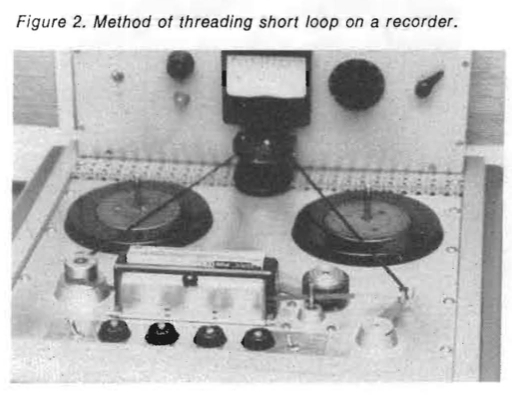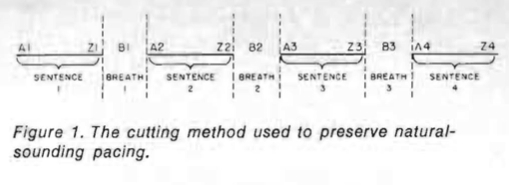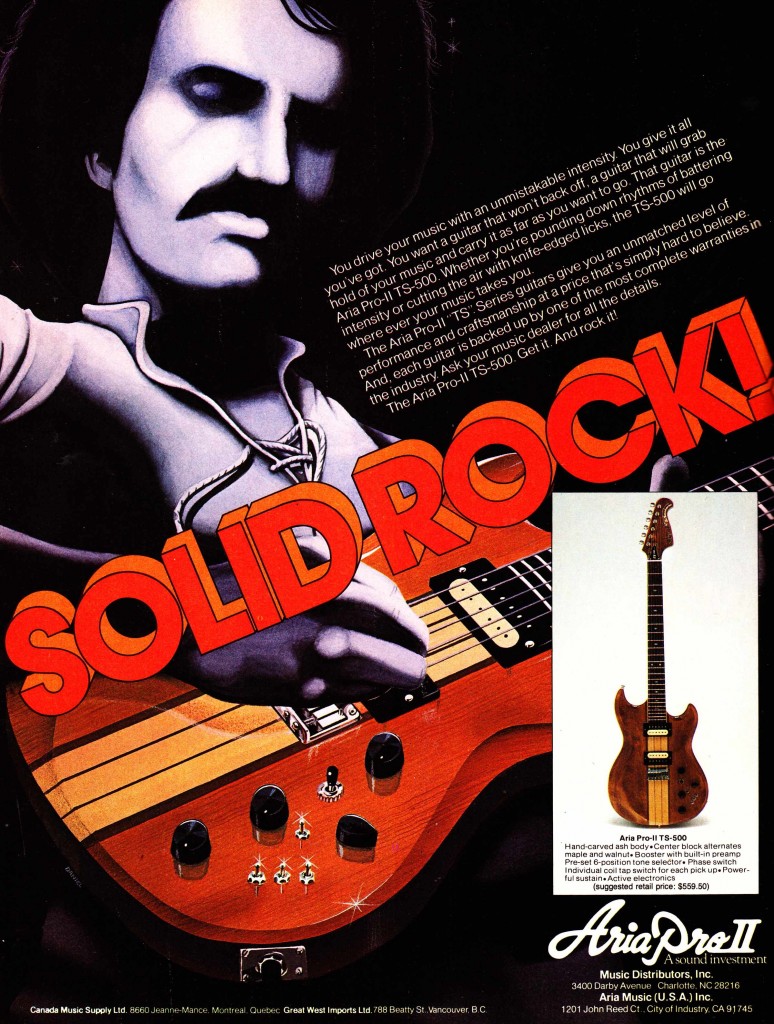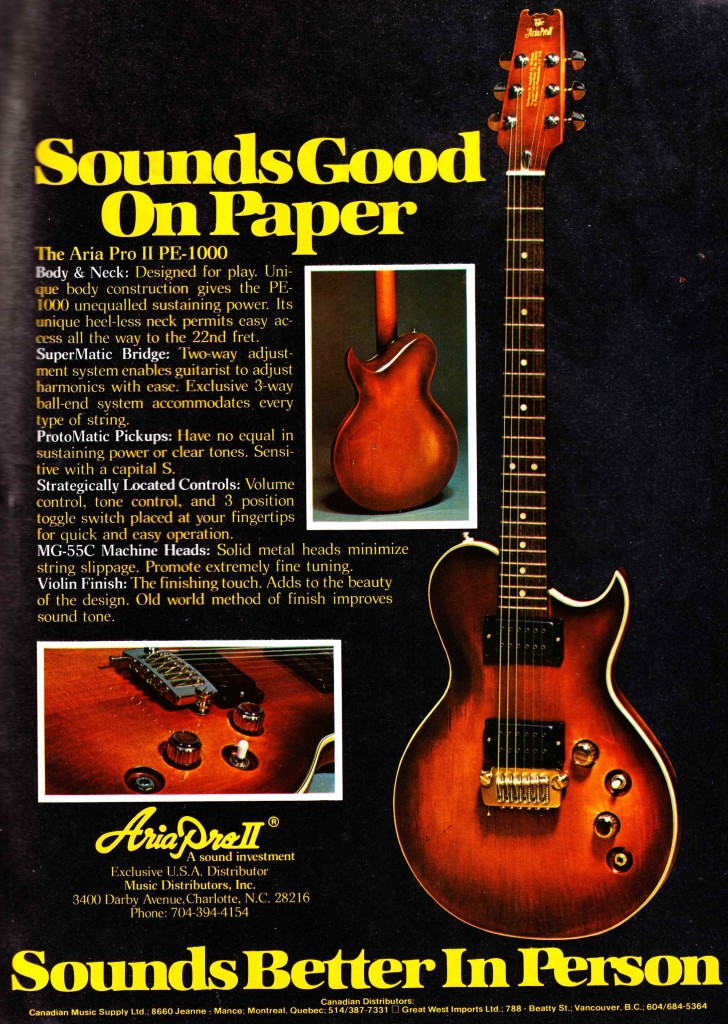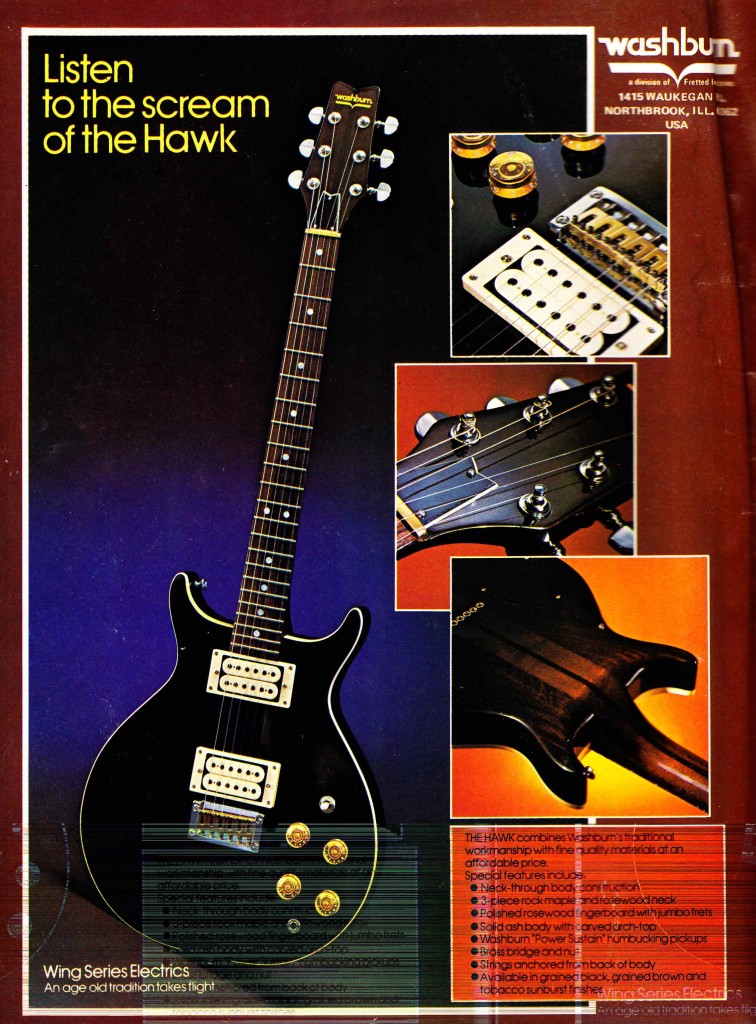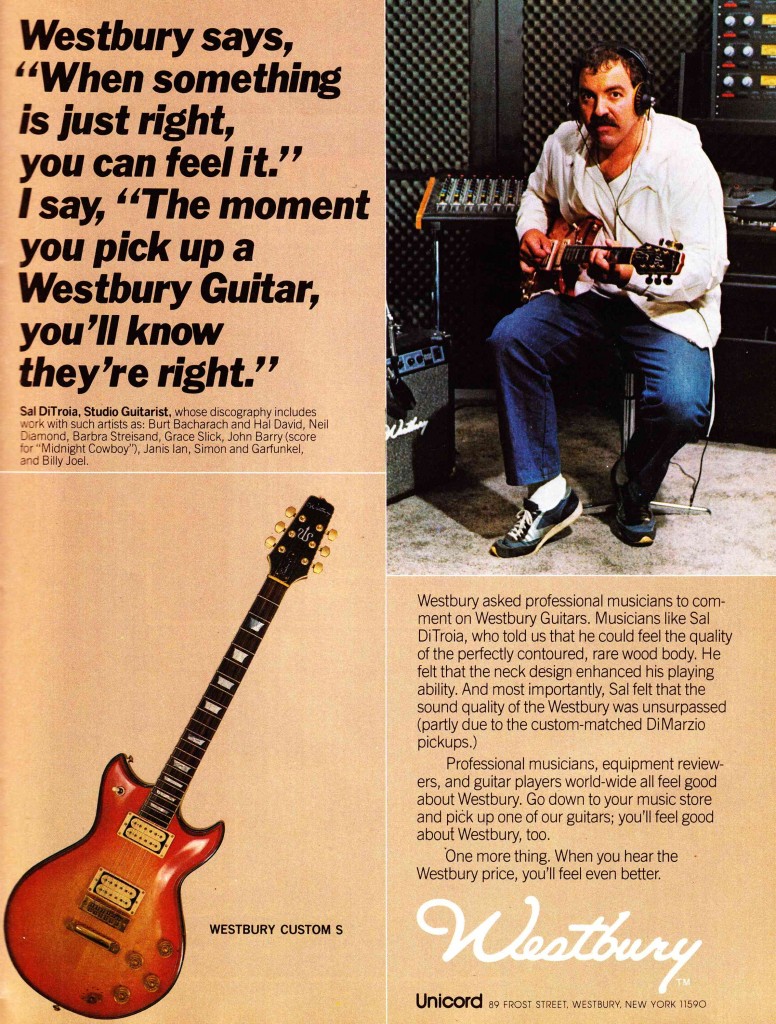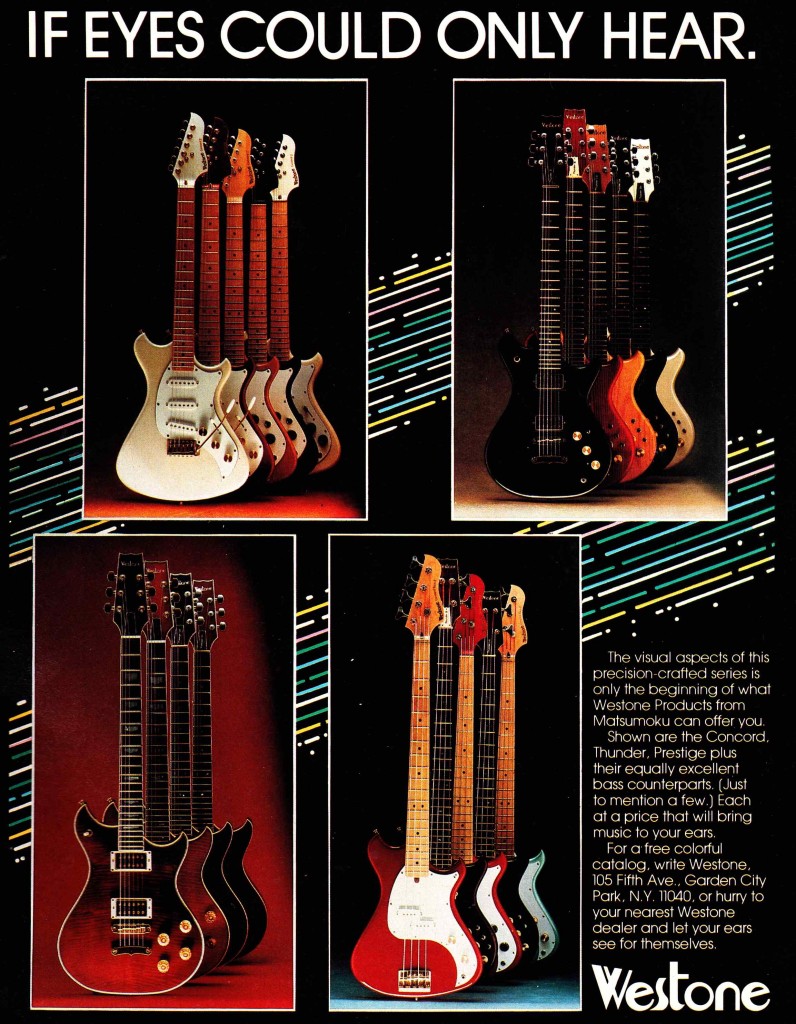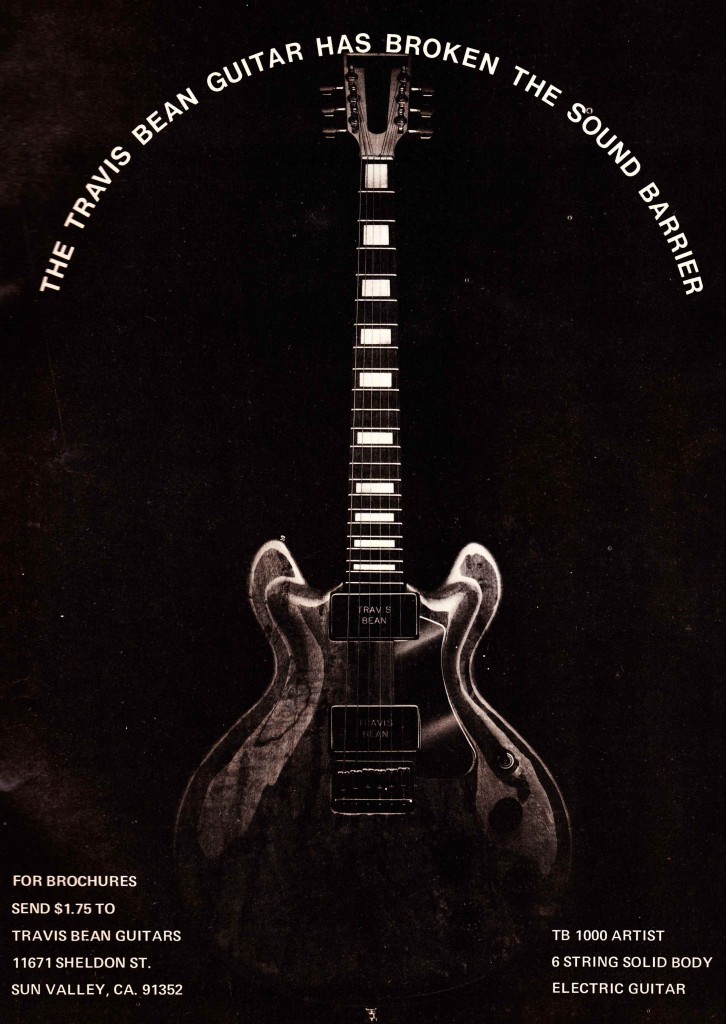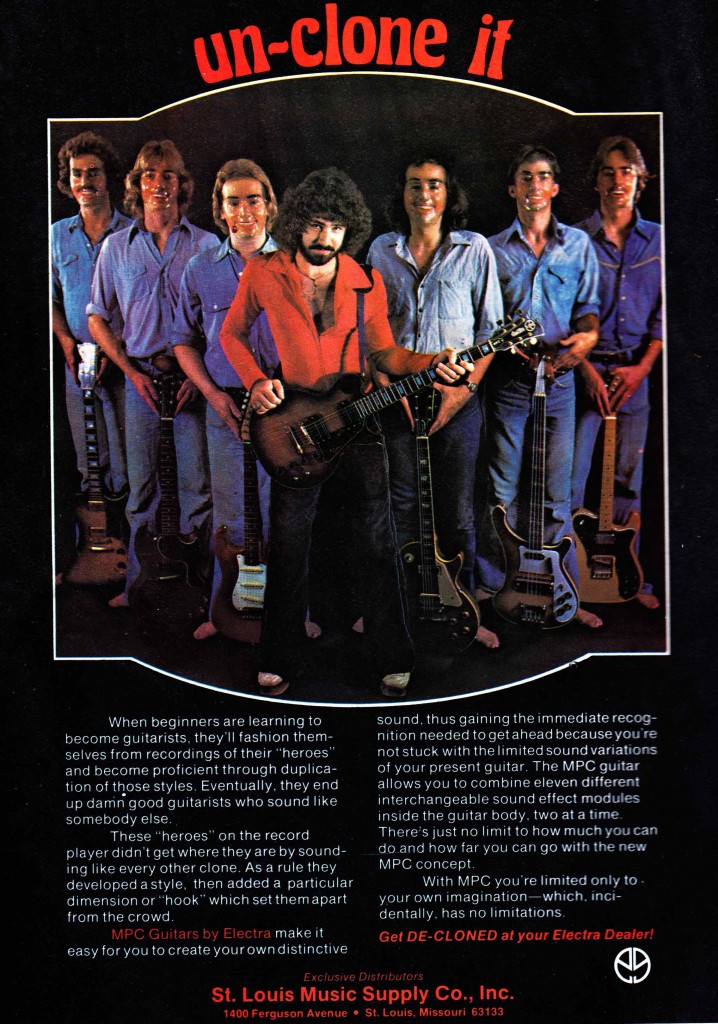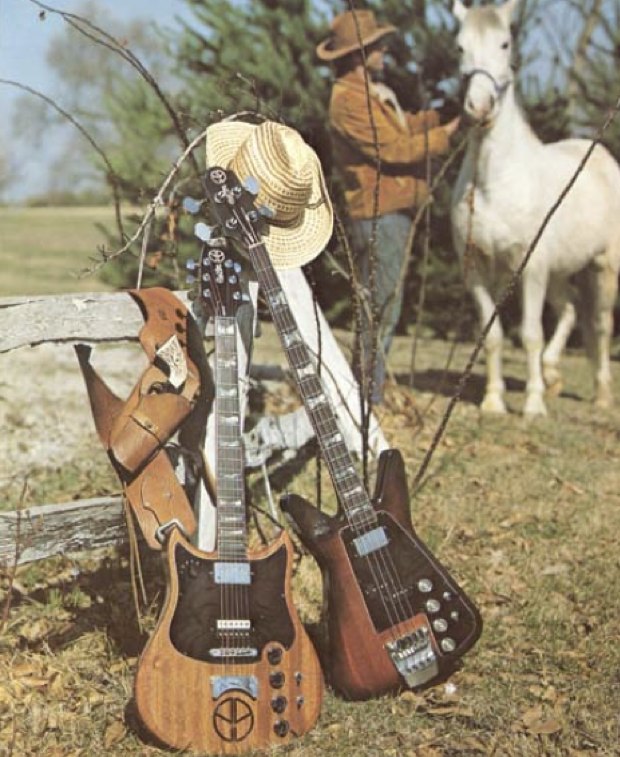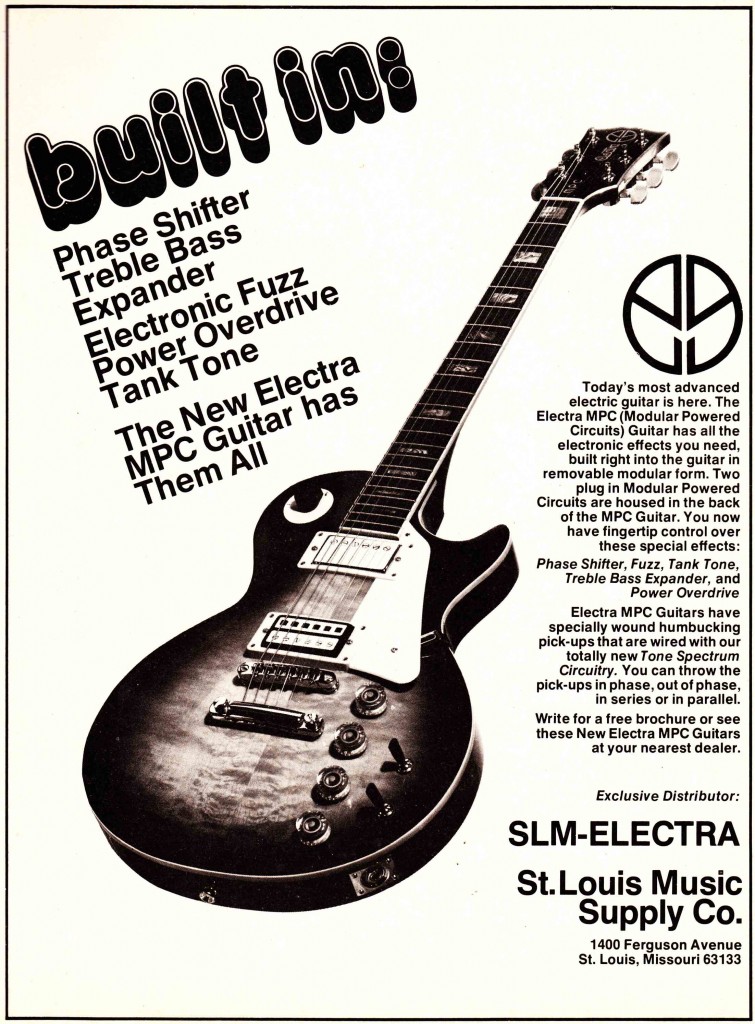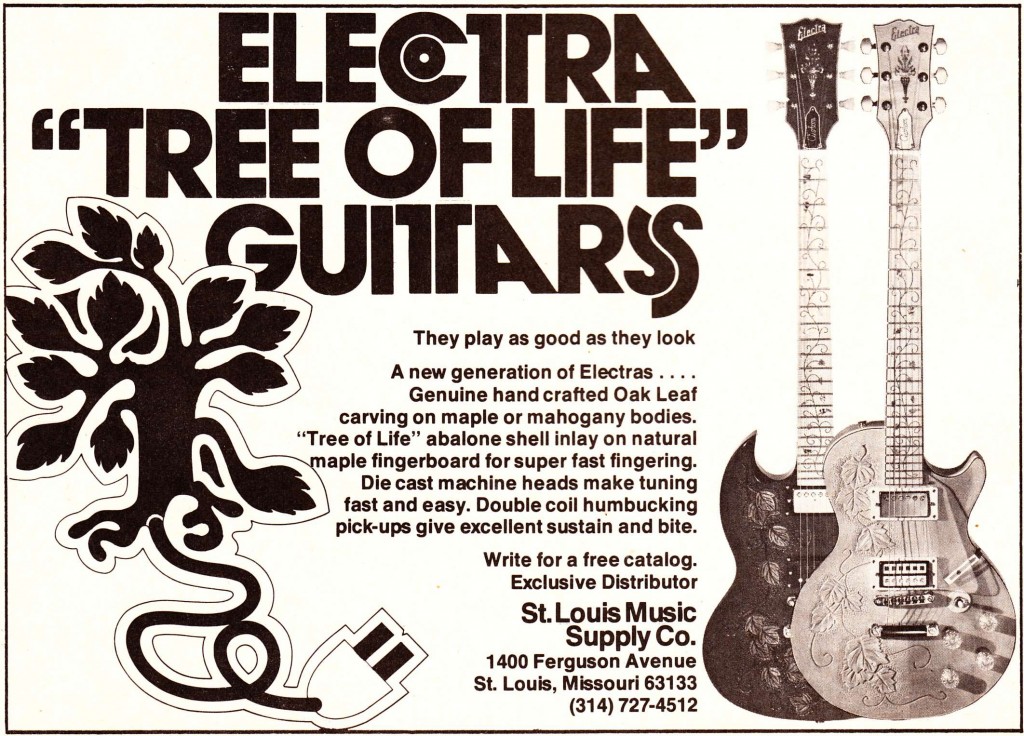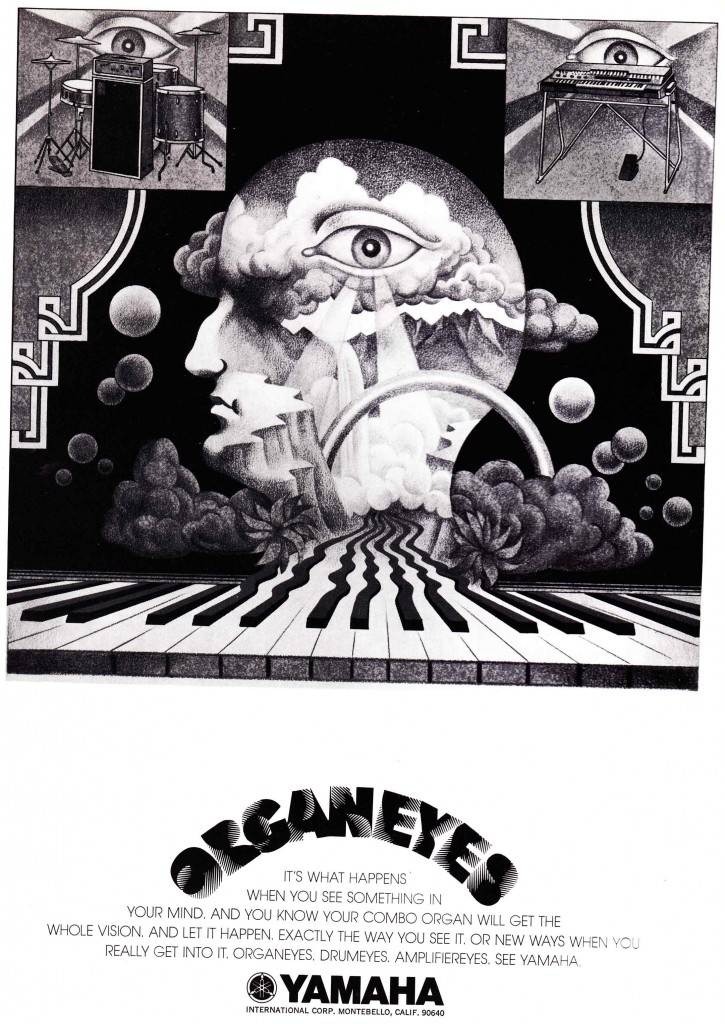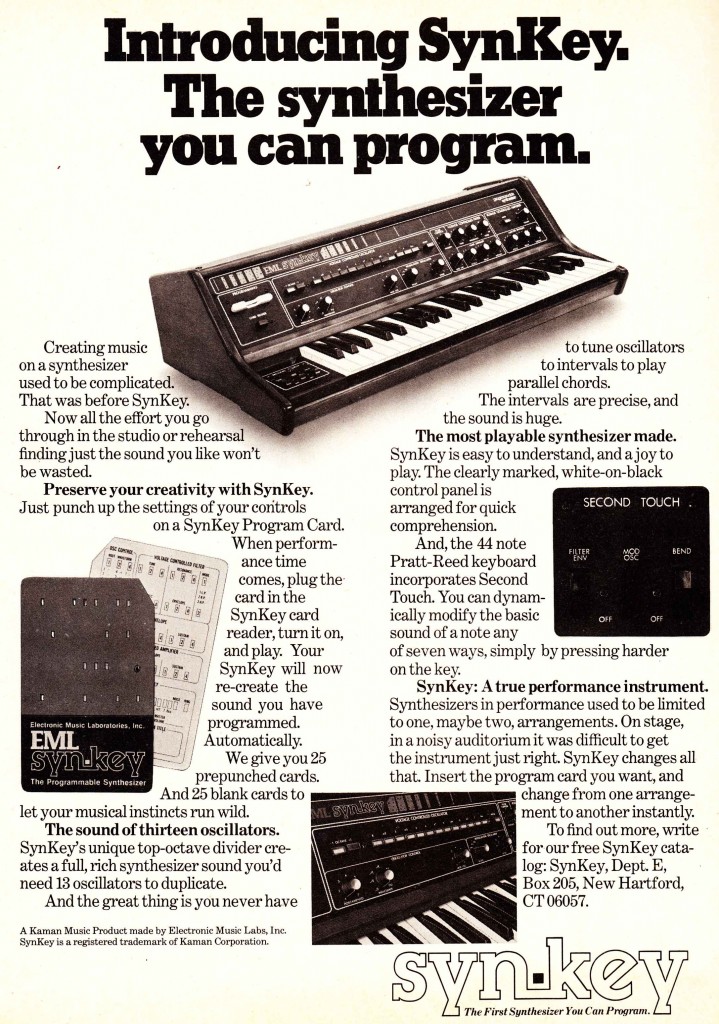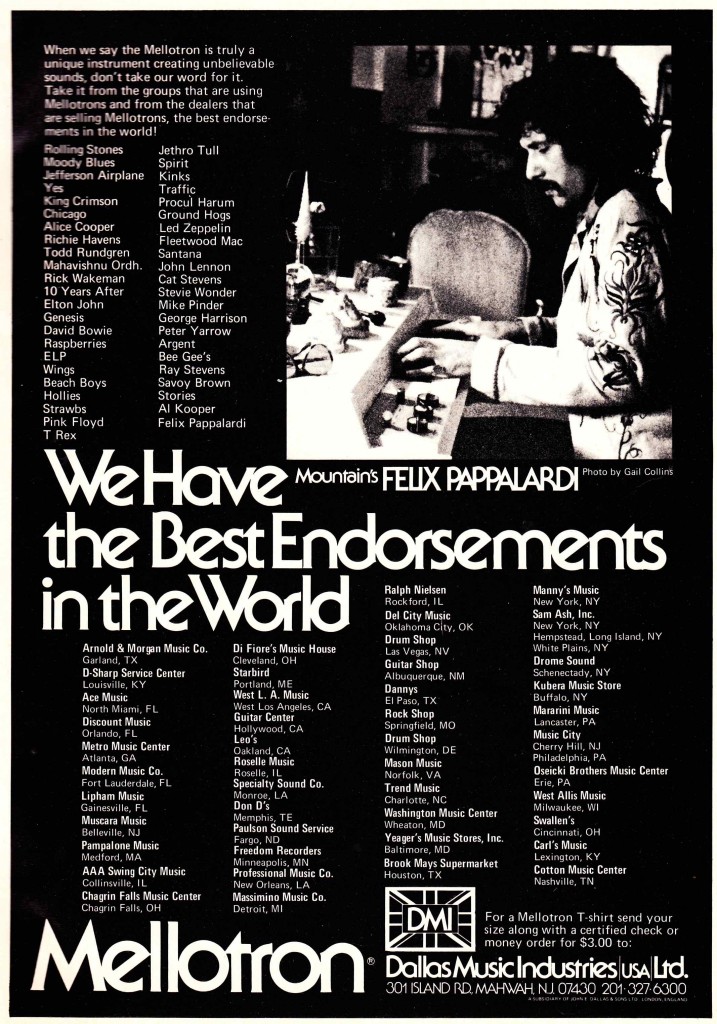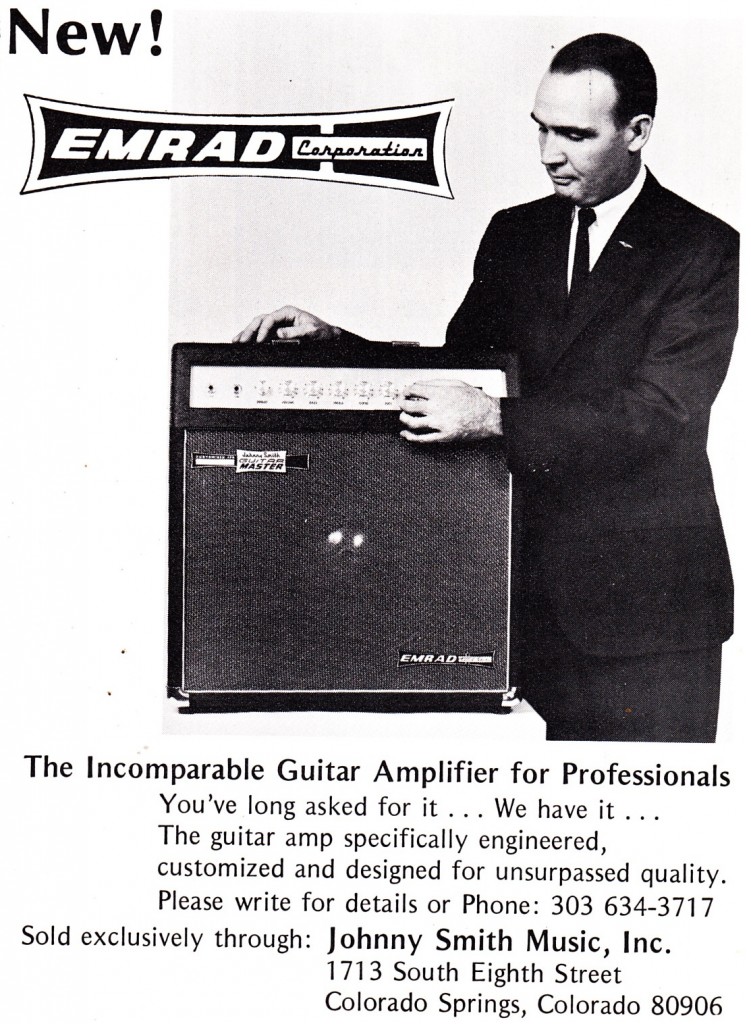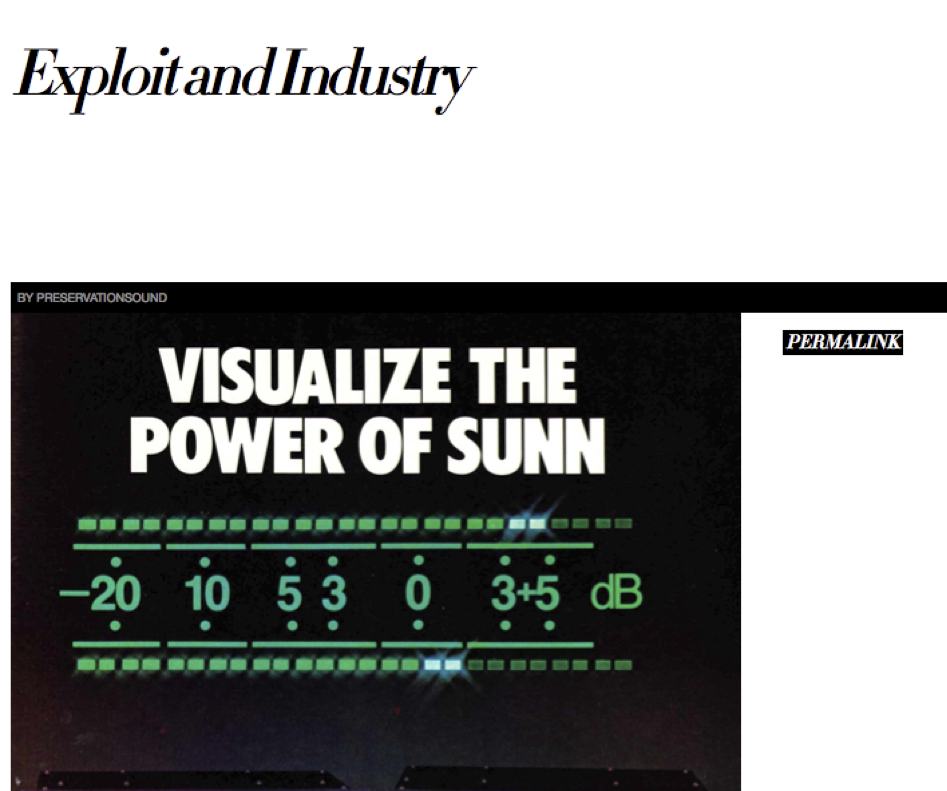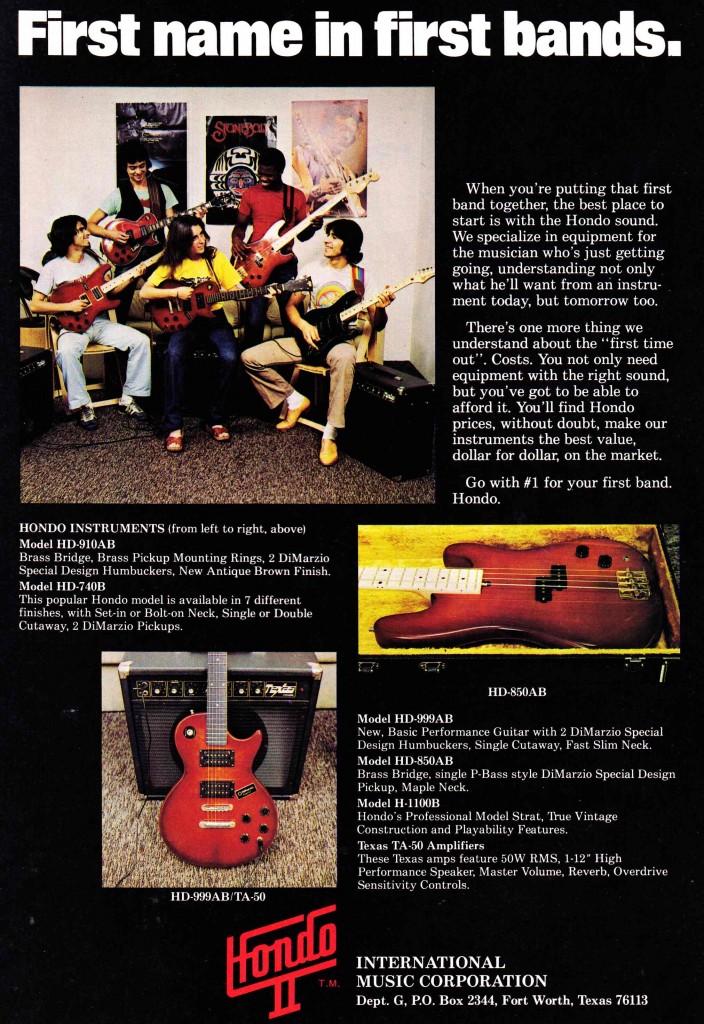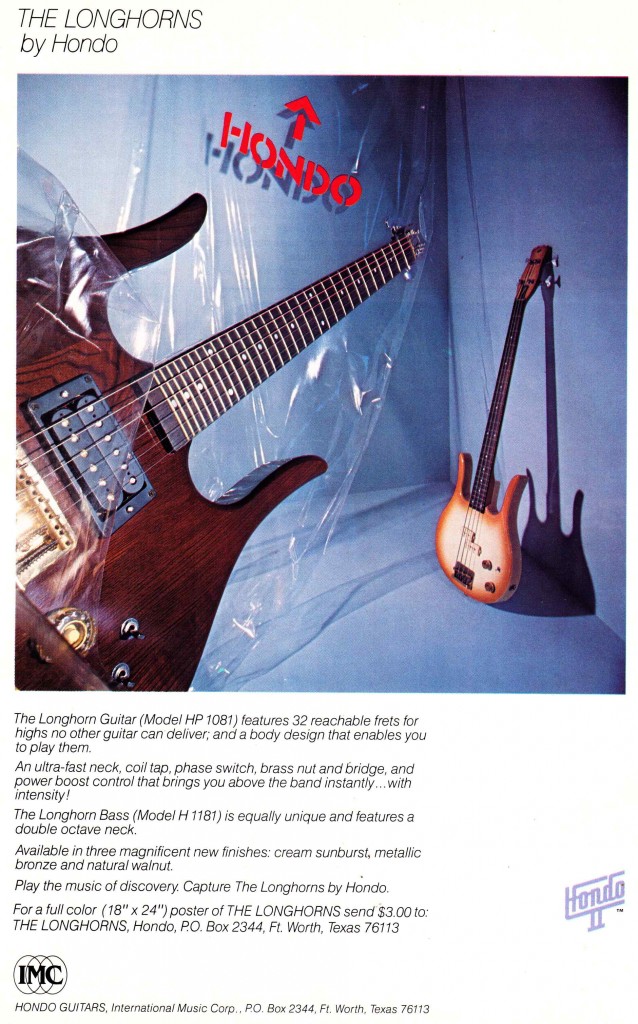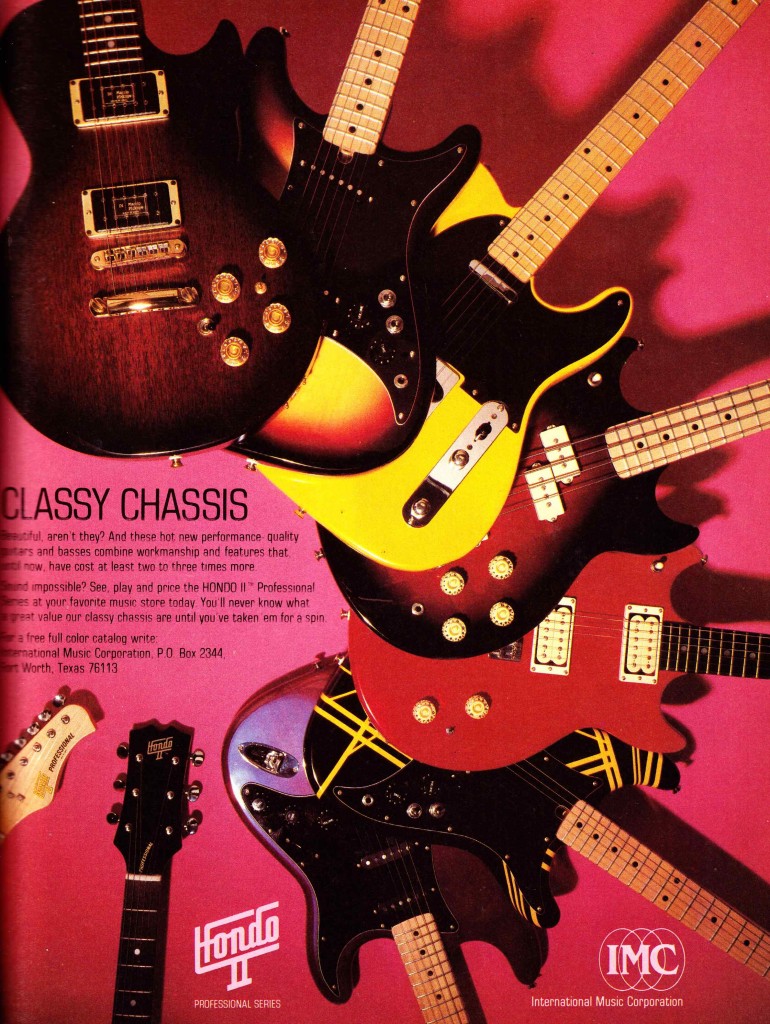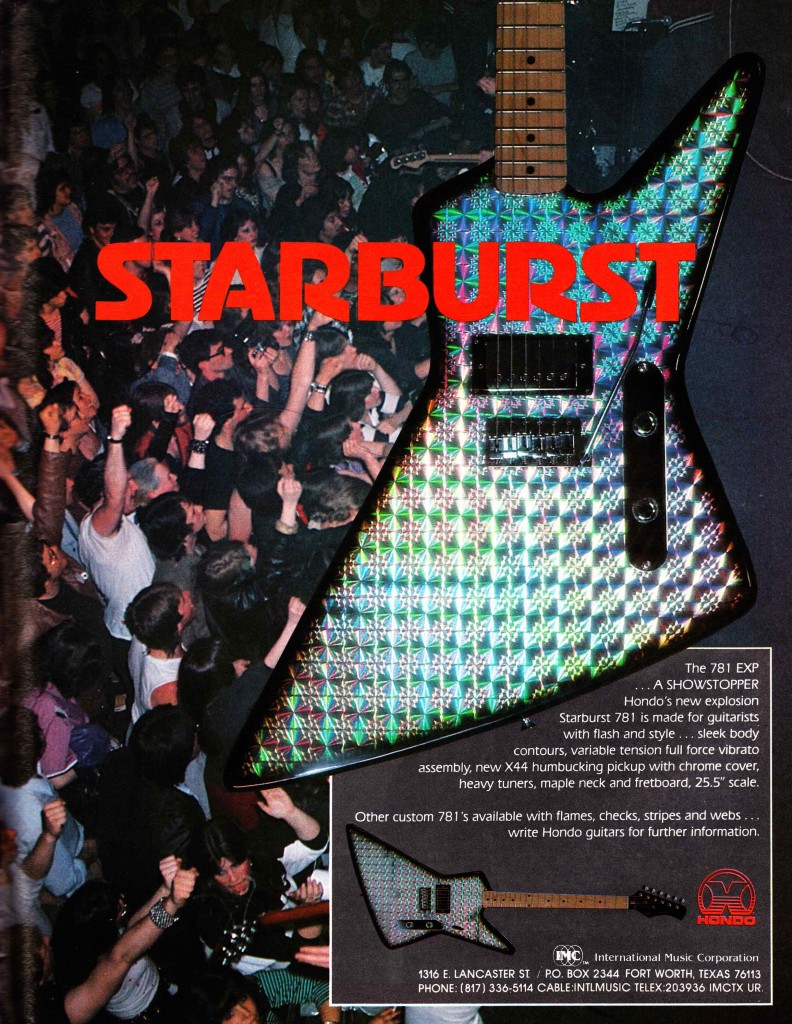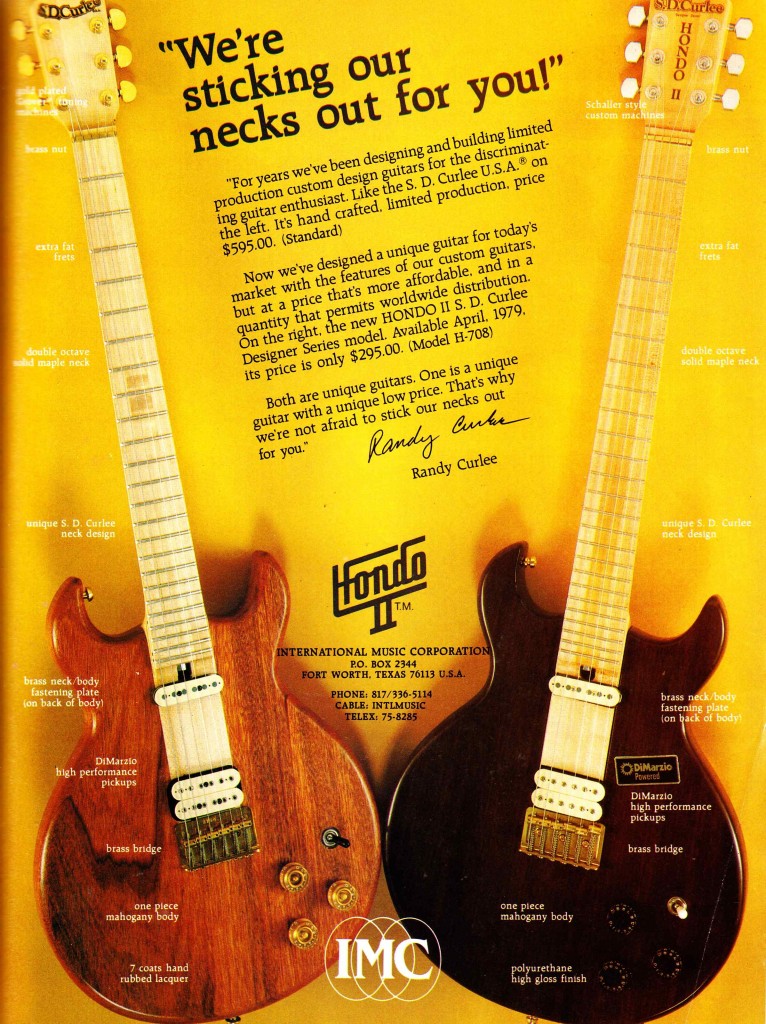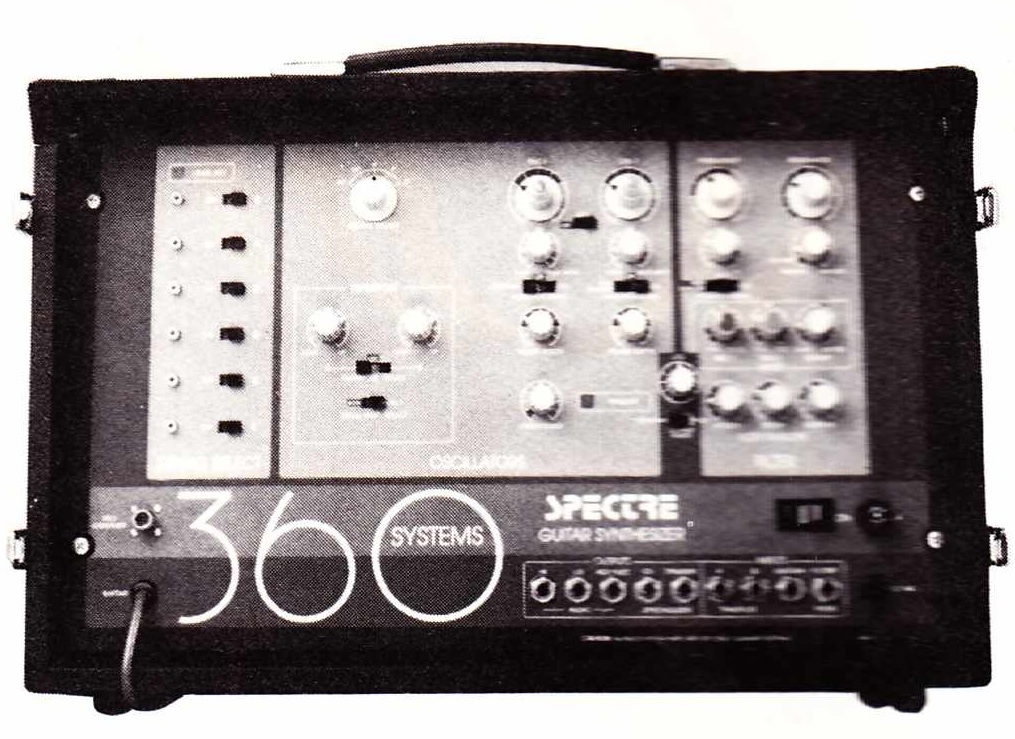 The 360 Systems ‘Spectre’
The 360 Systems ‘Spectre’
Today as PS dot com: a quick look at the then-new product-category of Guitar Synths circa 1979. A great number of small manufacturers sprung up to offer these devices, and a few of the big names got involved as well. What is required for a guitar synth? Well, at minimum, independent pitch-to-CV and envelope-to-gate tracking and conversion for each of the six strings, and then some sort of synthesis engine (x6) to create the actual sound that you hear. Some of the units covered in this post were only the first part of the equation, and you could certainly find monophonic pitch/gate-to-CV modules going back to the early 70s (anyone know the release dates of the specific Moog and ARP modules that did such?). But putting it all together in a package that a guitar player might want to buy: this took some time. Guitar synths never really caught on, probably due to the cost initially, but even as prices came down it really seems like the vast majority of players were just happier with a bunch of effects pedals. In addition, there is something inherently retrograde with performing on the electric guitar regardless; it is very much a signifier of the 1950s and 1960s; so why muddy the waters of yr joyous celebration of the past with so much technology?
If anyone is still using any of these things on-stage or in productions, drop a line and let us know…
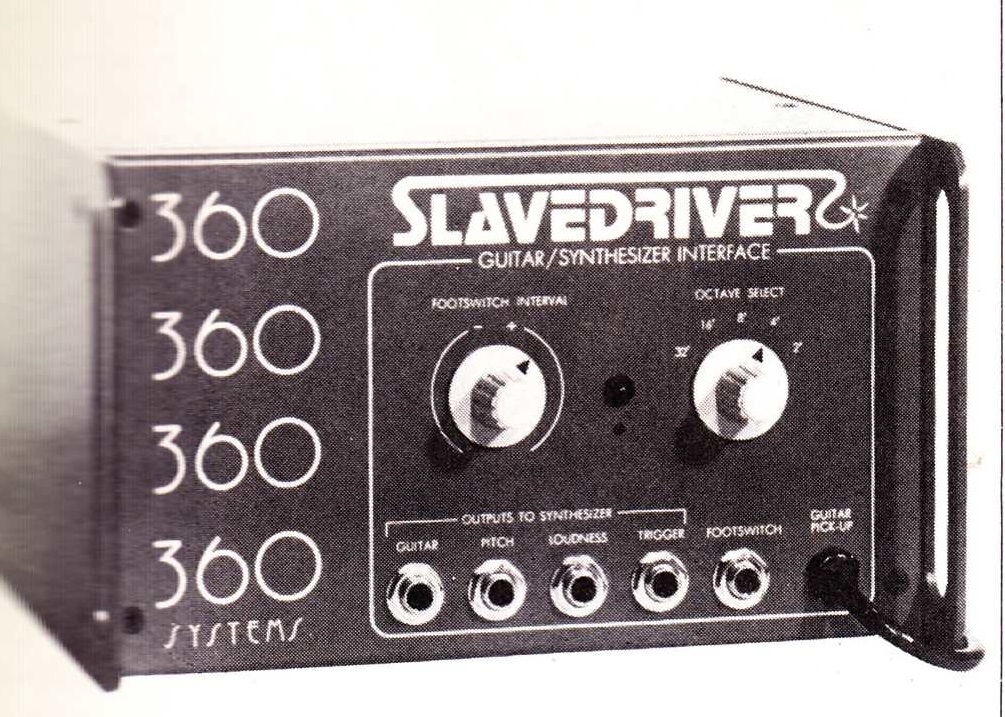 The Slave Driver, also from 360 Systems
The Slave Driver, also from 360 Systems
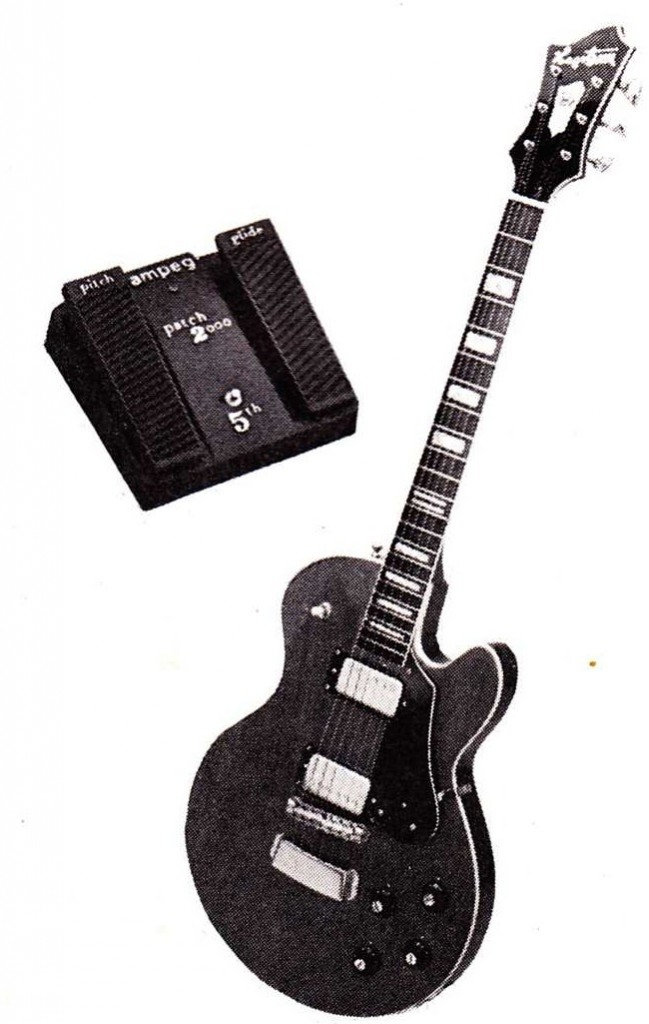
The Ampeg Patch 200: Note Hagstrom-Swede.
 The Gentle Electric (love that name…) model 101 pitch/envelope follower
The Gentle Electric (love that name…) model 101 pitch/envelope follower
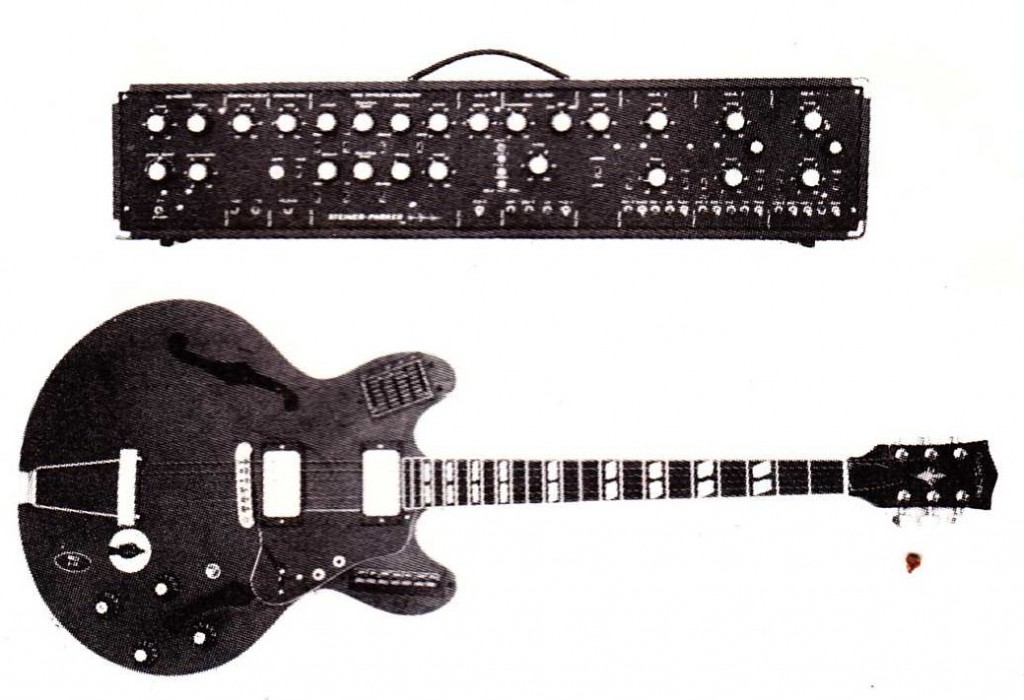 The MCI B-35S system. Anyone?
The MCI B-35S system. Anyone?
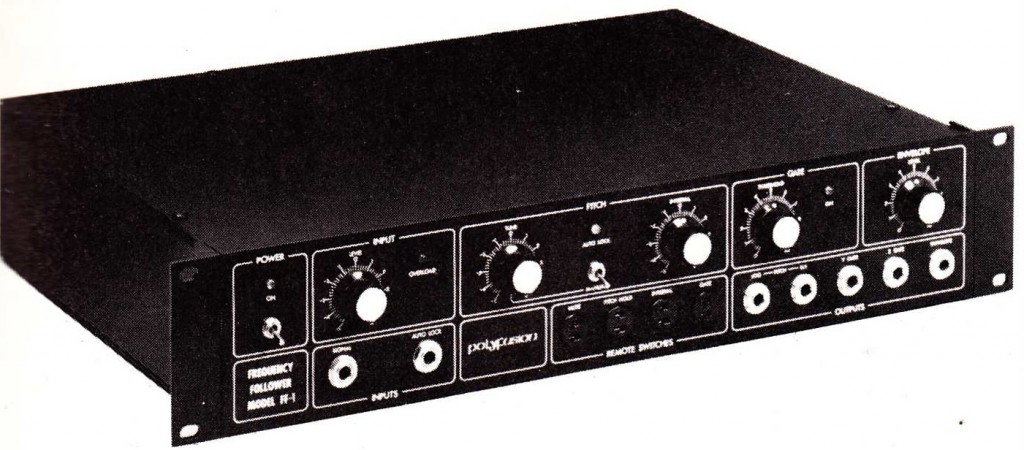 The Polyfusion FFI frequency follower. Click here for previous Polyfusion coverage at PS dot com.
The Polyfusion FFI frequency follower. Click here for previous Polyfusion coverage at PS dot com.
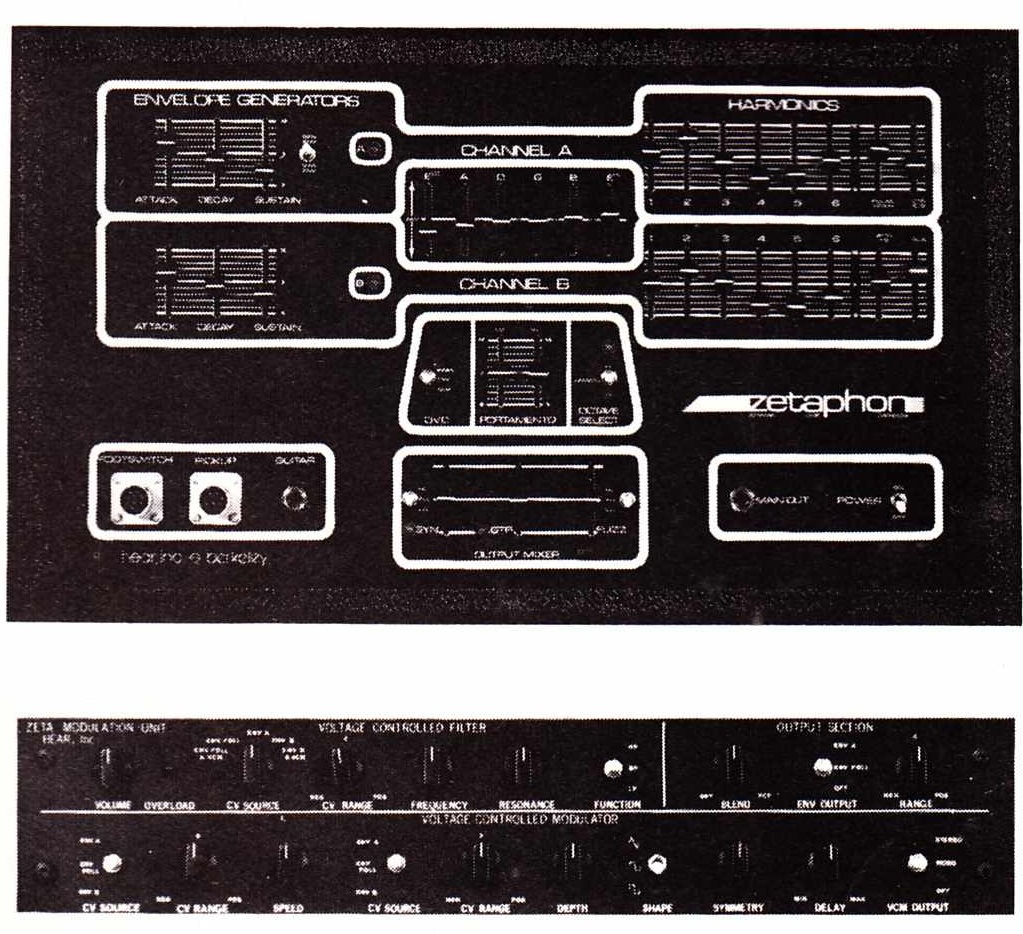 The Zetaphon
The Zetaphon
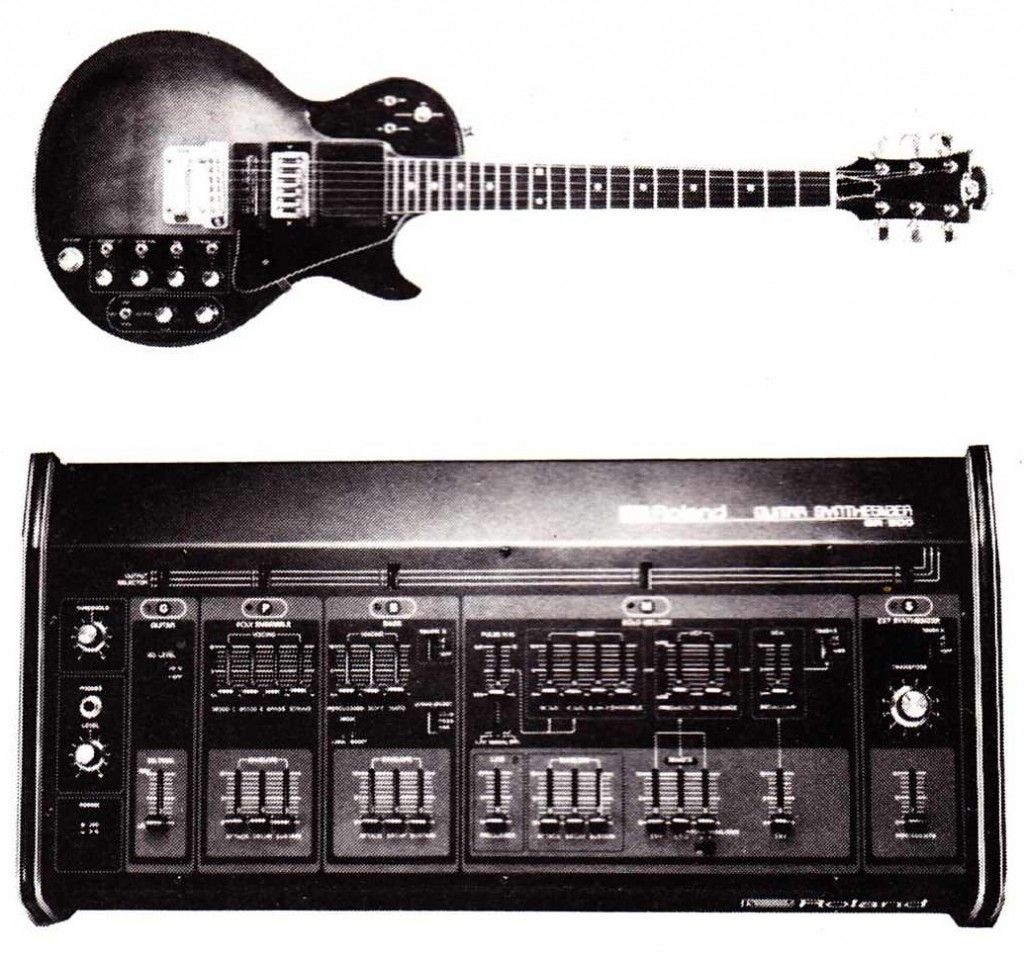 The Roland GS500 and GR500: early products in a line that is still being produced today, over 30 years later.
The Roland GS500 and GR500: early products in a line that is still being produced today, over 30 years later.
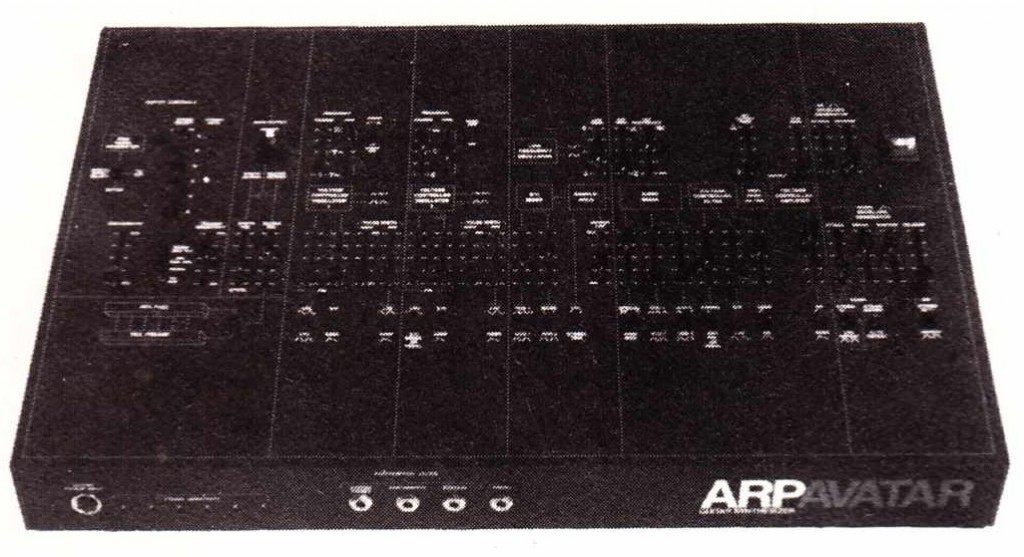 The mighty ARP Avatar. Below, a period advert…
The mighty ARP Avatar. Below, a period advert…
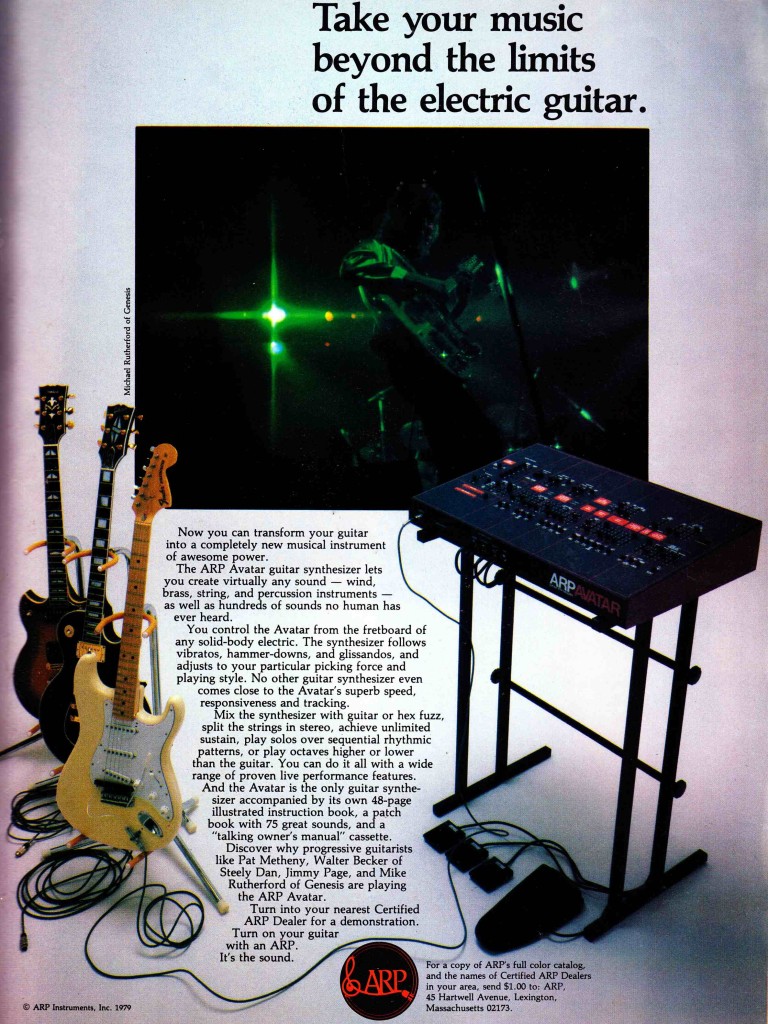 …and click here to view the same-period ARP full-line catalog available for download at PS dot com.
…and click here to view the same-period ARP full-line catalog available for download at PS dot com.
 Tomorrow, 5.11.12, I’ll be a guest on Del’s “In Transition” show in the eight o’clock hour. We’ll be listening to some recent productions I’ve put together at Gold Coast Recorders and talking shop about music, audio, love, loss, and life. In addition to being a radio host and rocknroll aficionado Del is a veteran audio tech with a long resume that includes many of the greatest recording studios in NYC. So it promises to be an interesting chat. Listen in at 8AM tomorrow EST at 89.5FM in the New York Metro Area or stream it live at www.wpkn.org.
Tomorrow, 5.11.12, I’ll be a guest on Del’s “In Transition” show in the eight o’clock hour. We’ll be listening to some recent productions I’ve put together at Gold Coast Recorders and talking shop about music, audio, love, loss, and life. In addition to being a radio host and rocknroll aficionado Del is a veteran audio tech with a long resume that includes many of the greatest recording studios in NYC. So it promises to be an interesting chat. Listen in at 8AM tomorrow EST at 89.5FM in the New York Metro Area or stream it live at www.wpkn.org.







